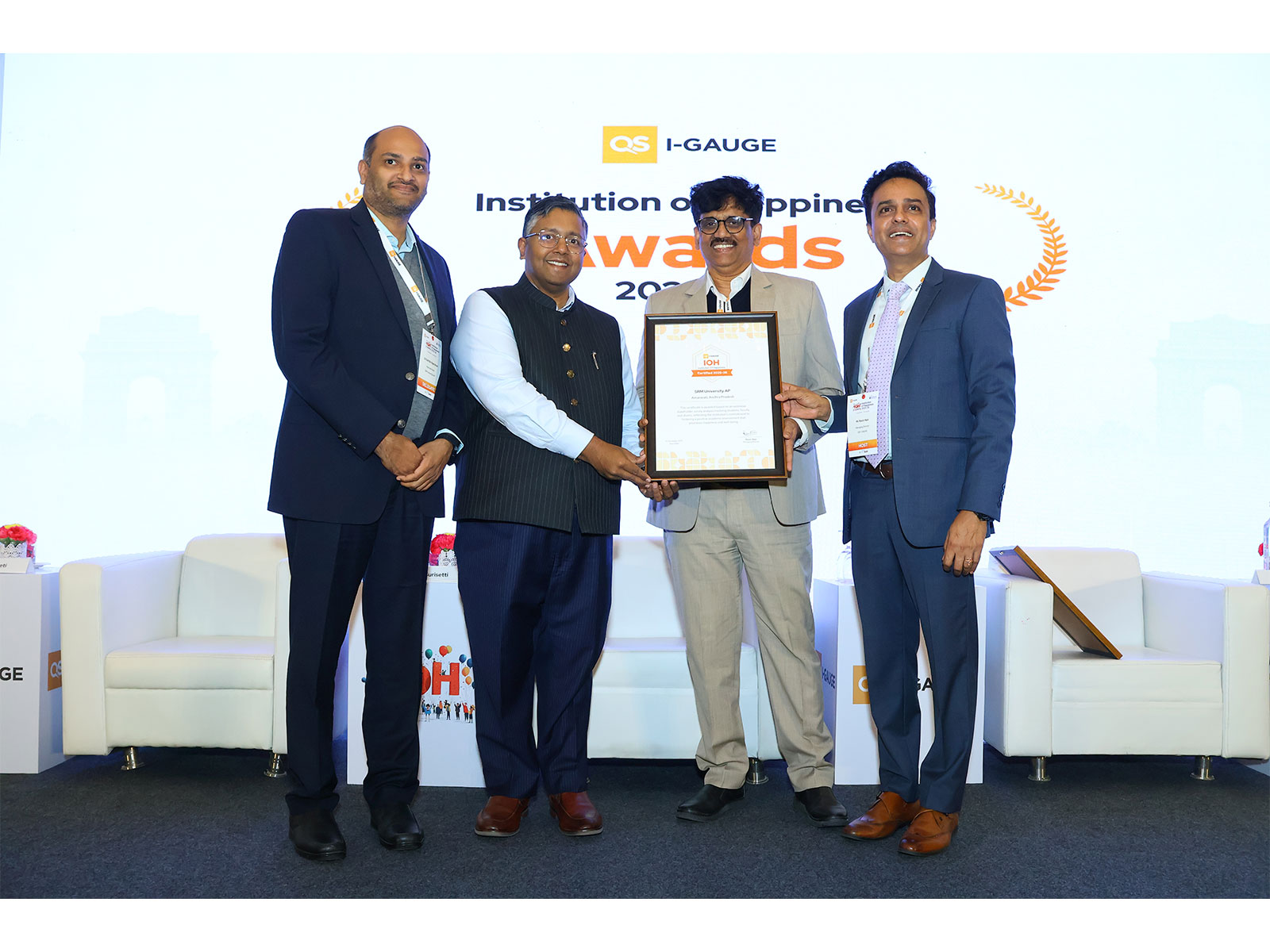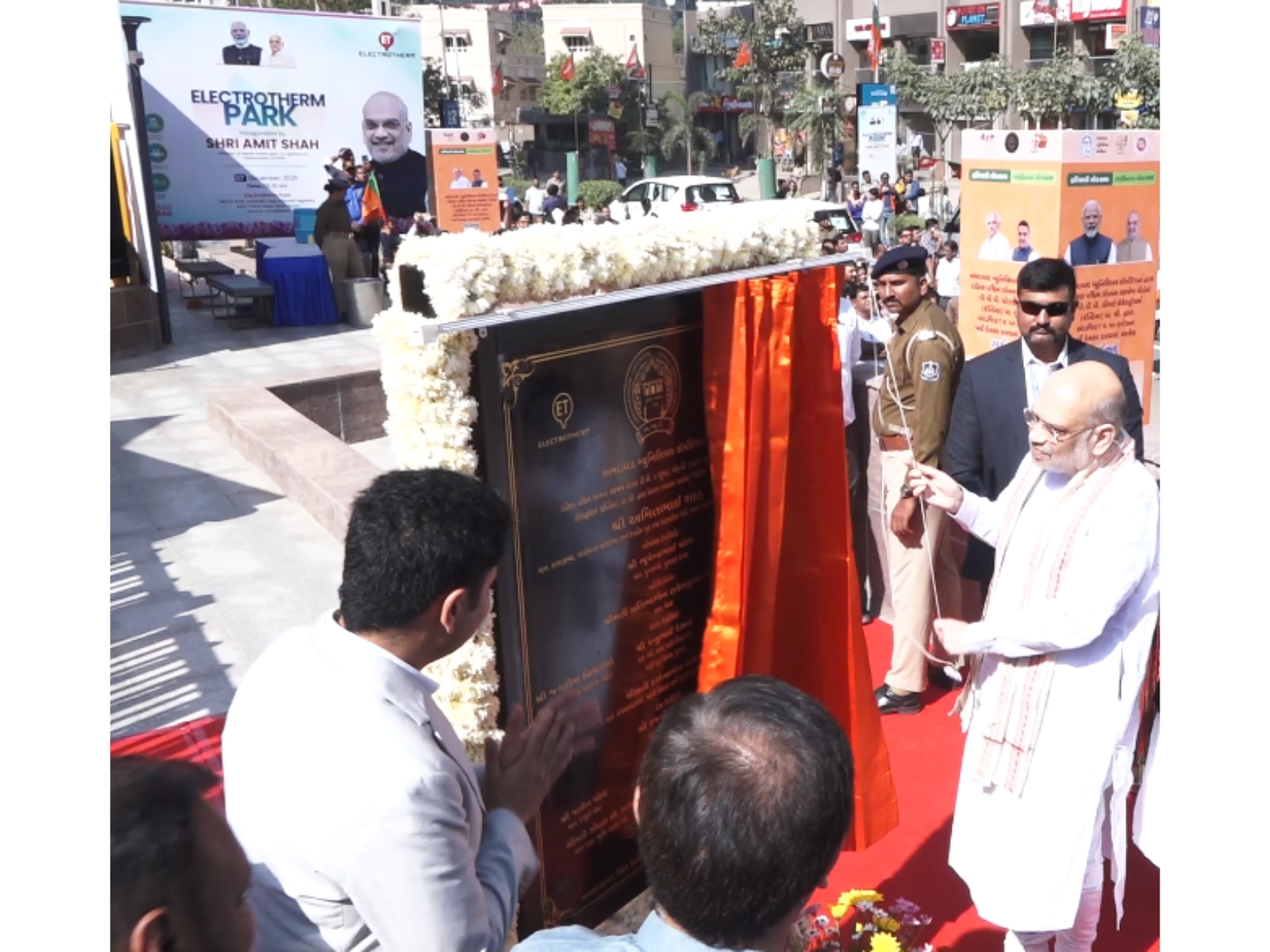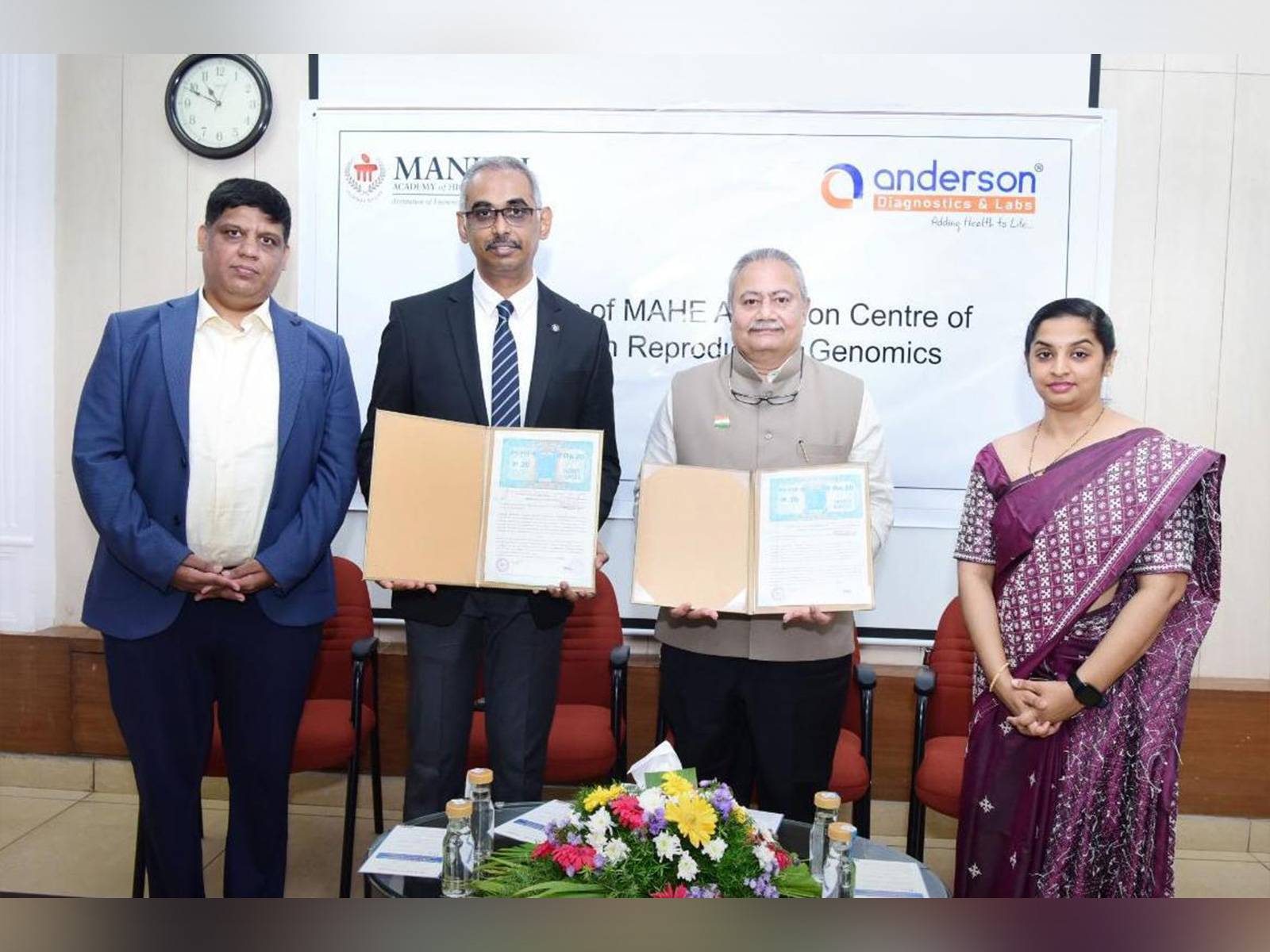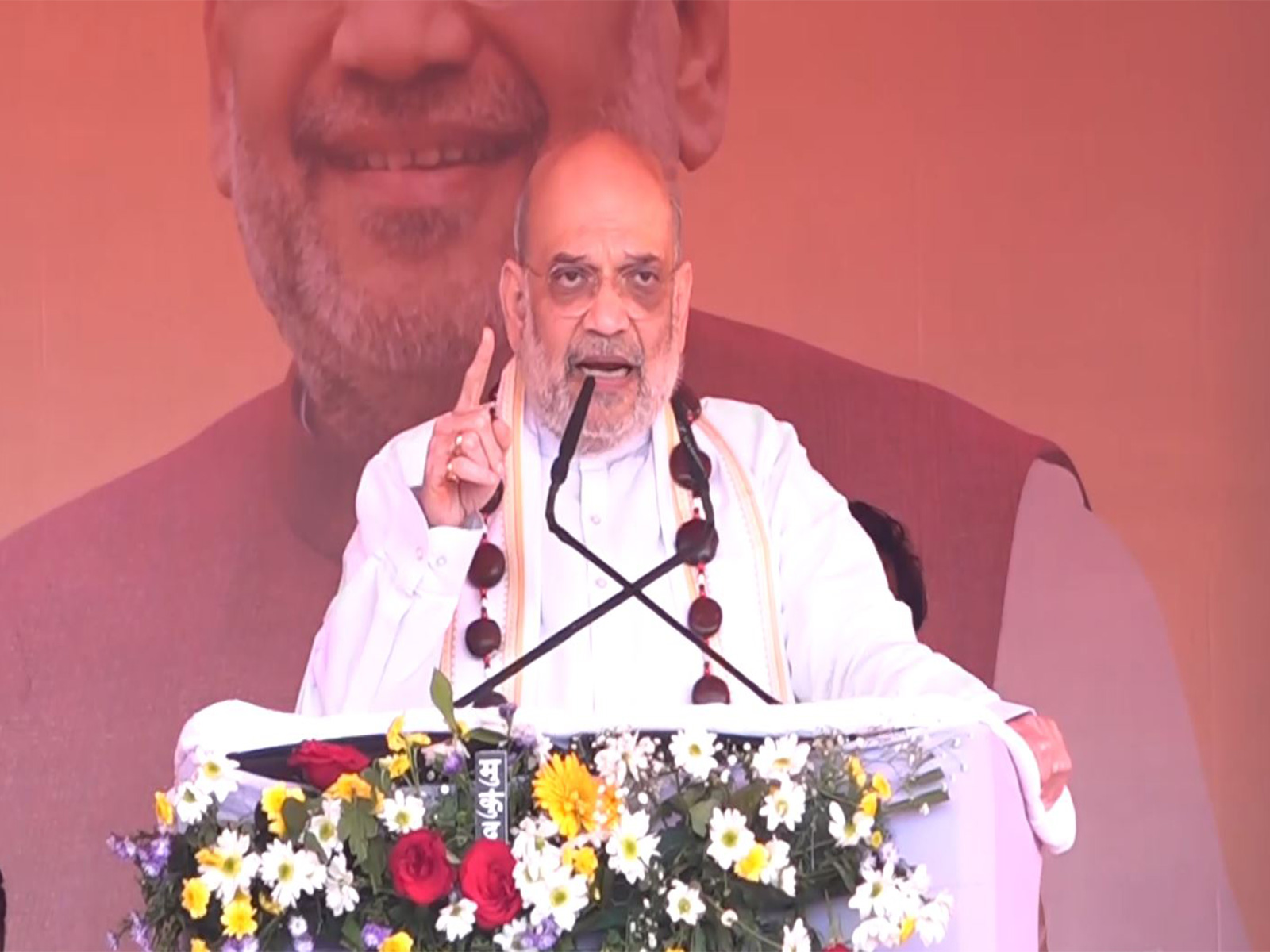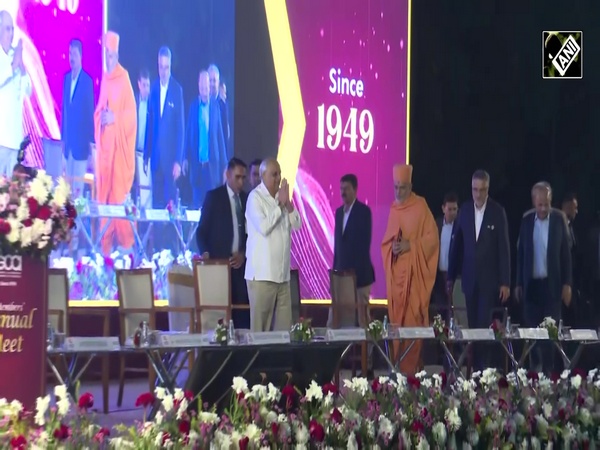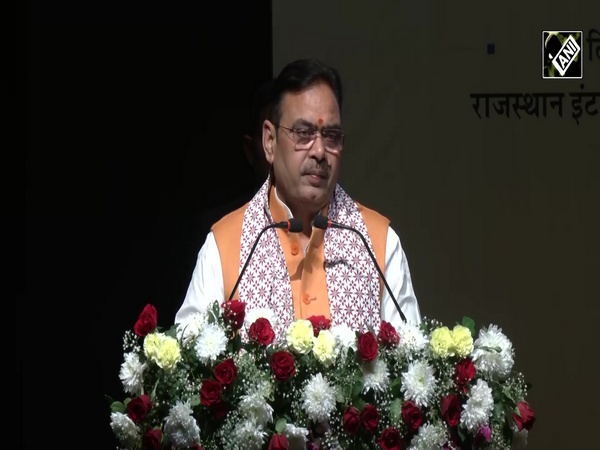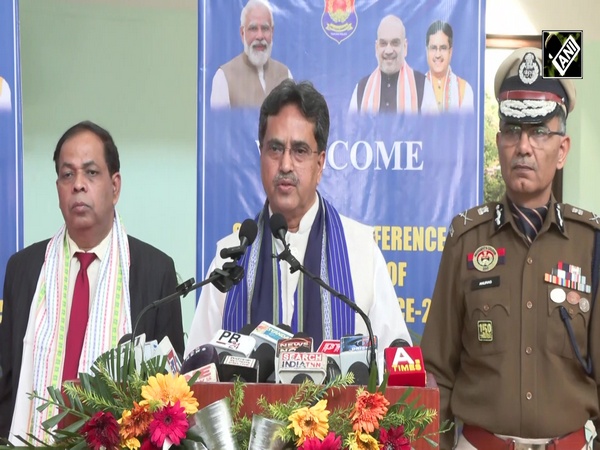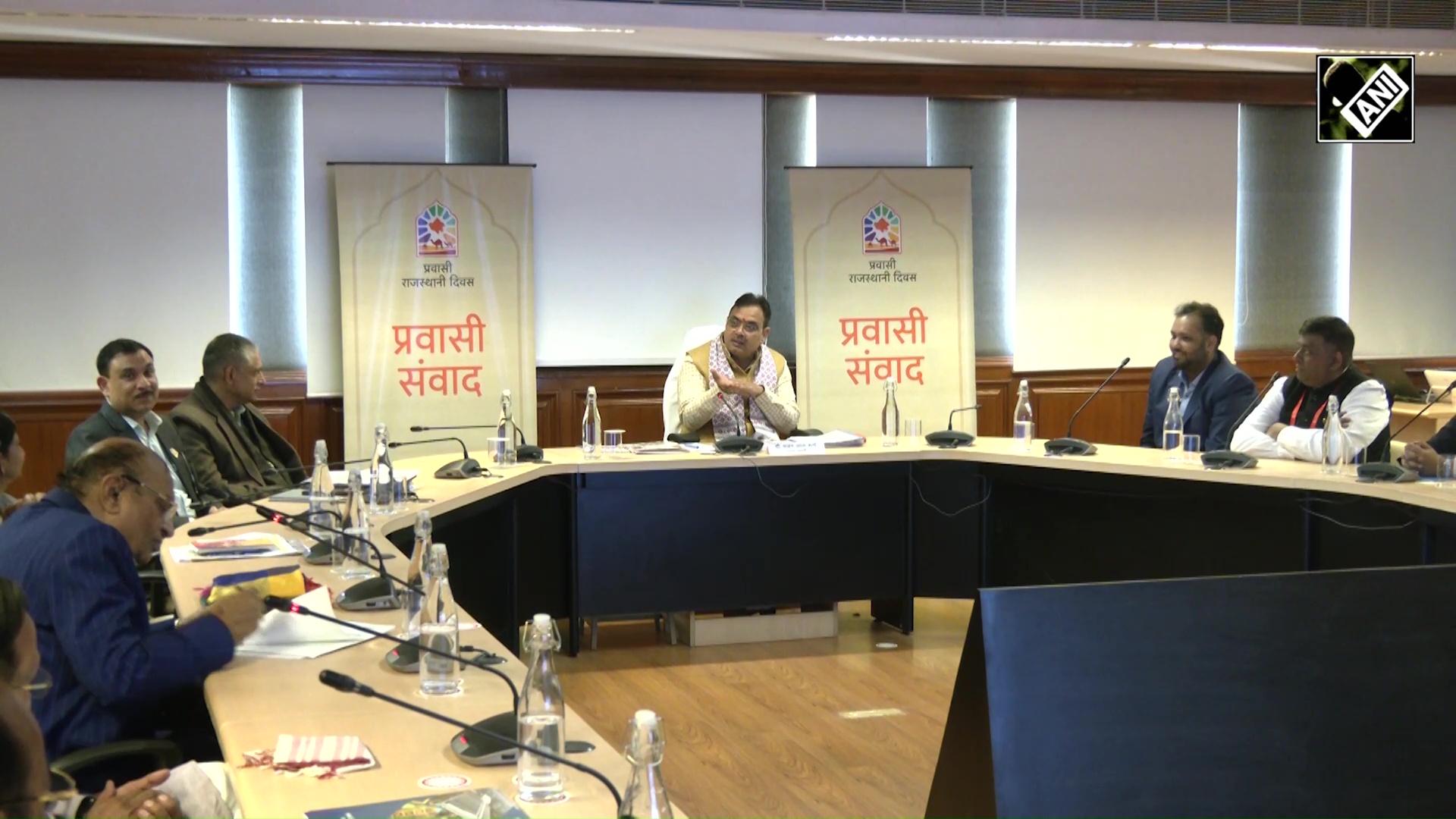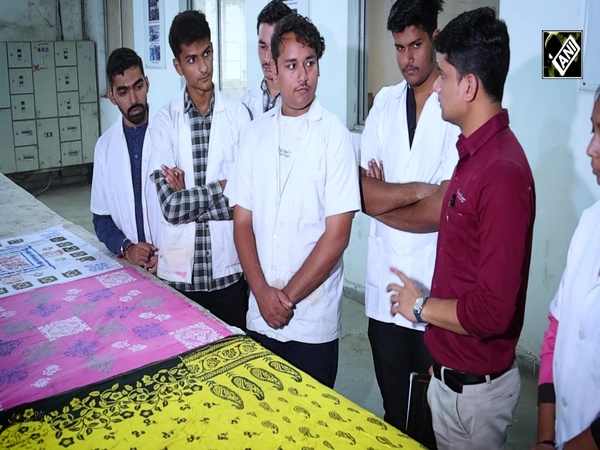IIT Bombay develops technique to improve efficiency of robots
May 02, 2024

Mumbai (Maharashtra) [India], May 2 : A team at the Indian Institute of Technology Bombay (IIT Bombay) have developed a technique that improves the efficiency of robots, by helping them communicate with each other in a more efficient manner than earlier.
In the new study, the team proposes three novel algorithms that help robots determine their task capability in real-time, allowing them to dynamically allocate tasks based on their individual strengths and limitations.
"Imagine two similar robots carrying an object. Sometimes because of small changes in the environment, like an uneven floor or the shape of the object, one robot may have a better grip on the object than the other. Our algorithms help identify these changes and make real-time adjustments to improve performance," said Keshab, member of developer team.
The algorithm identifies less capable robots, thereby enabling task reallocation or determining the number of required robots for efficient utilisation of the robot group. The algorithms, residing on the robots and a central monitoring computer, collect data from each of the robots in the group in real-time to make decisions.
"Our algorithms are truly innovative compared to conventionally used ones because those (conventional) are much more computationally intensive. This makes our method much faster and more efficient in task allocation in response to real-time changes," said Prof. Anirban Guha, Department of Mechanical Engineering, IIT Bombay.
The first algorithm, called TaskCapability, assesses each of the robots in the group and determines various parameters, like grip strength and stability, and assigns a value to them.
Next, the second algorithm, called Online Task Capability, compares the parameters with other robots to determine which of the robots are underperforming.
Finally, the third algorithm named Online Task Allocator, uses the information from the other two algorithms to determine how many robots are needed and what task each should perform.
The set of three algorithms ensures a balanced workflow where each robot contributes according to its ability, leading to an overall boost in productivity.
Moreover, the real-time communication between various robots also helps to minimise the chance of errors and robot collisions, enhancing their cooperative work.
The team tested their new method on two well-known industrial robots - UR5 and FrankaEmika Panda. They demonstrated that the new algorithm was much faster at performing tasks than conventionally used algorithms.
The new algorithm also significantly reduced the computation time of the robots by 85 per cent, enabling real-time adjustments in cooperative operation.
The new algorithms, if implemented, could boost the performance of cooperative robots by speeding up the task and removing inefficient and redundant robots from the task.
